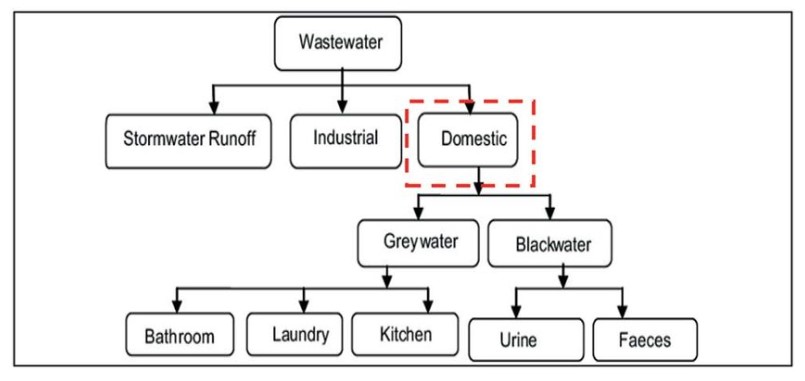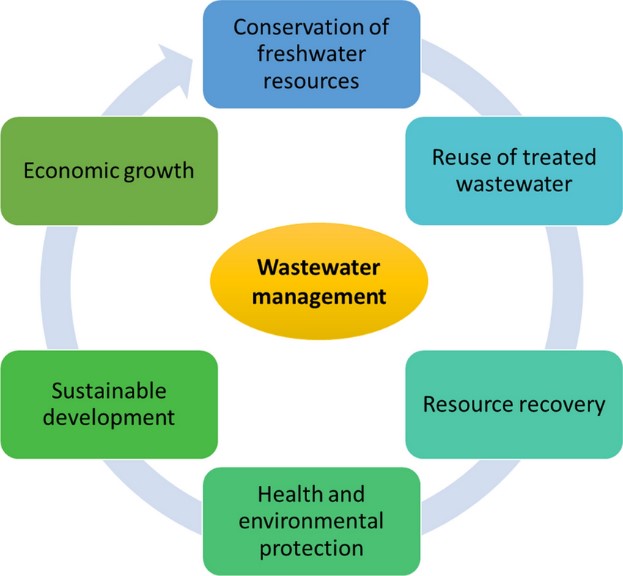Mains: GS I – Urbanization, their problems and their remedies
In India, the water and wastewater sector, particularly the reuse of treated wastewater, has recently gained attention, especially in water-stressed urban areas.




ragdoll 10 days
Scott Cawthon is the creator of the survival horror game known as Five Nights at Freddy's, which features point-and-click gameplay techniques during gameplay. It is most well-known for its suspenseful atmosphere, its jump scares, and its slowly building mystery-filled plot that involves haunting animatronics and a nefarious past.
EscapeRoad 2 months
Thank you for the insightful analysis! It’s always valuable to see how current affairs demand that we not only understand facts, but also choose carefully how to interpret them and apply them. It reminded me of a digital platform called Escape Road — one that invites users to navigate different interactive pathways, make decisions, reflect on outcomes, and then move forward. Preparing for exams like UPSC is very much like that: each topic, each source, each argument is a choice that shapes our study journey. Platforms like yours help guide that path, and platforms like Escape Road show how any journey—academic or life-based—benefits from intention, reflection and adaptability. Thanks again for the comprehensive coverage.
Daniel Mills 2 months
I worked on a project where high costs and lack of clear guidelines made advanced water purification seem nearly impossible. Tackling the Level Devil required creative solutions, regulatory cooperation, and plenty of patience—a familiar struggle for progress in this sector.
Marilyn Hoskins 3 months
Slice Master would definitely love the creativity behind using constructed wetlands and decentralised treatment for greener solutions. I remember when my community tried to promote recycled water for gardening, but many were resistant at first—just like the article mentions, building trust is key. Public-private partnerships could really speed things up.